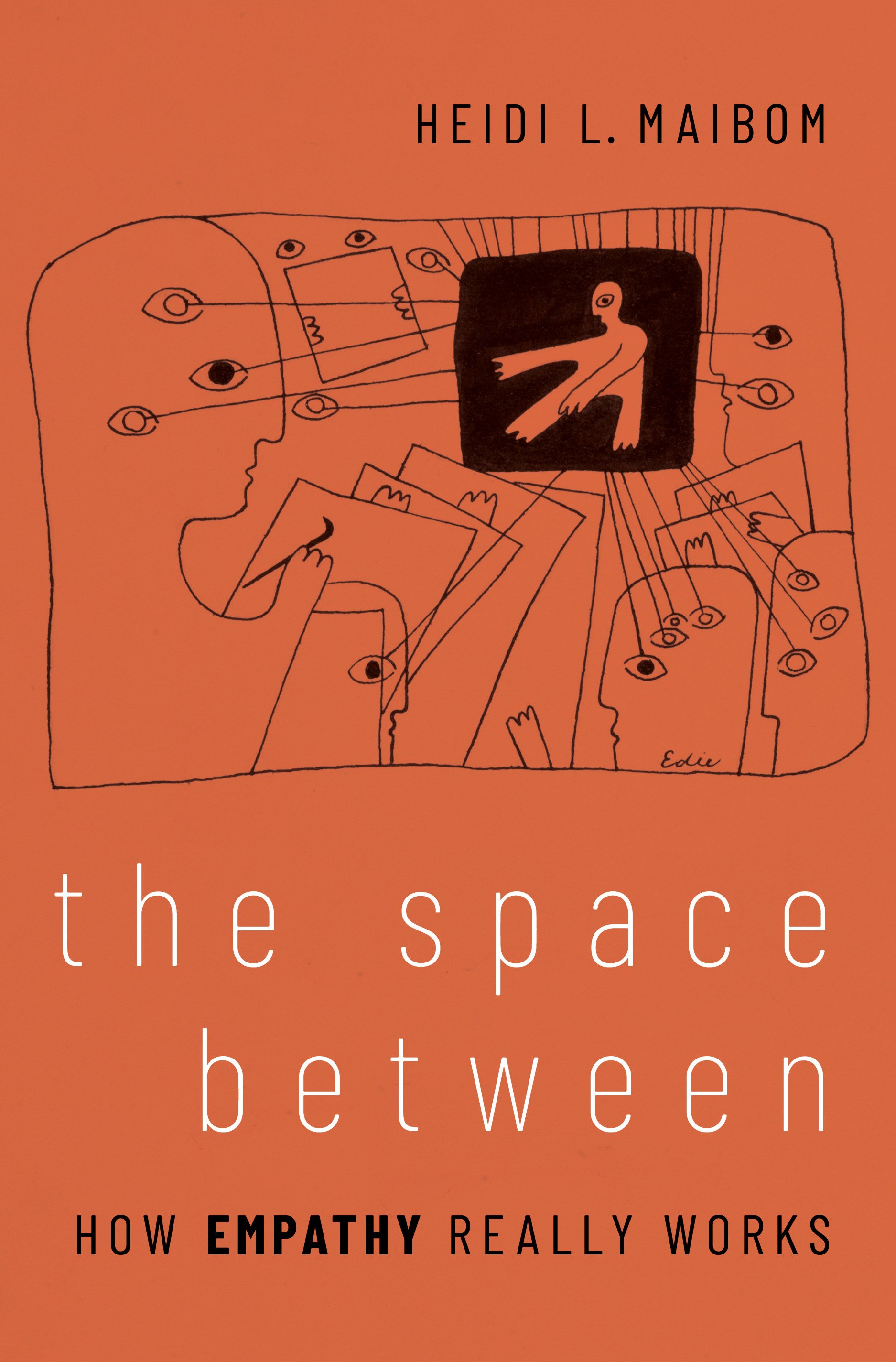Books
Empathy Handbook
Curious about empathy?
Learn all about it
This handbook is a comprehensive introduction to the varieties of empathic phenomena written by an international group of empathy researchers. Thirty-three articles explain how different schools and disciplines view empathy, and recent empirical evidence. It covers the core issues, such as cognitive and affective empathy, empathy in the brain, the evolution of empathy, and empathy and phenomenology. It also provides insight into these broader topics: history of empathy, empathy and understanding, empathy and morals, empathy in art and aesthetics, and empathy and individual differences.
Contributions by: Dan Zahavi, Jeanette Kennett, Mark Davis, Jenefer Robinson, Karsten Stueber, Shaun Gallagher, Robyn Bluhm, Matthew Ratcliffe, David Shoemaker, Emily McRae, Noel Carroll, William Ickes, and many more.
Empathy and Morality
Must we empathize to be moral?
Read 11 different suggestions about the role of empathy in morality
What is the connection between empathy and morality? Do we need empathy to know right from wrong? Do we need it to be motivated to do what is right, or to prevent us from harming others? How does empathy develop? Are there disorders of empathy? Do animals have empathy? What does empathy look like in the brain? And do different cultures accord the same moral importance to empathy?
Contributions by: Daniel Batson; Tracy Spinrad and Nancy Eisenberg; Martin Hoffman; Antti Kauppinen; Richard Garrett and George Graham; Abigail Marsh; Giuseppe Ugazio, Jasminka Majdanzic, and Claus Lamm; Peter Hobson and Jessica Hobson; Kristin Andrews and Lori Gruen; Tony Ward and Russil Durrant; Douglas Hollan; and Heidi Maibom.
Neurofeminism
Are men’s and women’s brains different?
Feminists write on neuroscience
This collection is co-edited with Robyn Bluhm and Anne Jaap Jacobson. It brings together eleven papers examining issues at the intersection of neuroscience and feminism. For instance: does fetal testosterone make men’s brain different from women’s brains? What the relation between gender and sex in the brain? Do women have more empathic brains than men? Is there a female brain?
Contributions by: Giordana Grossi and Cordelia Fine, Rebecca Jordan-Young and Raffaella Ruminati, Ginger Hoffman, Letitia Meynell, Gillian Einstein, Isabelle Dussauge and Anelis Kaiser, Cynthia Kraus, Deboleena Roy, Anne Jaap Jacobson, Robyn Bluhm, and Heidi Maibom.
What is Empathy?
Introduction to Empathy
Everything you need to get started exploring empathy, sympathy, and perspective taking and their roles in morality, art, and psychopathy
Empathy is one of the most talked about and widely studied concepts of recent years. Some argue it can help create a more just society, improve medical care and even avert global catastrophe. Others object that it is morally problematic. Who is right? And what is empathy anyway? Is it a way of feeling with others, or is it simply feeling sorry for them? Is it a form of knowledge? What is its evolutionary origin?
In this thorough and clearly-written introduction to the philosophy of empathy Heidi Maibom explores these questions and more, examining the following topics:
The nature of empathy and key themes in the literature
Empathy as a way of understanding others, particularly 'simulation theory’ and 'perspective-taking'
Empathy, emotional contagion, and sympathy
Empathy’s role in moral understanding or motivation
Empathy and art appreciation, with examples from film, music and fiction
Empathy and mental disorder, such as psychopathy and autism.
Including chapter summaries, annotated further reading and a glossary, Empathy is an excellent resource for students of philosophy of mind and psychology, psychology, and cognitive science, as well as for those in related subjects such as art, literature and politics.
The Space Between
What perspective taking is, why it matters, and how it makes us more, not less, impartial and objective
(Previously: Knowing Me, Knowing You)
When Barack Obama nominated Sonia Sotomayor to the US Supreme Court, his comments that a judge should have “the heart, the empathy, to recognize what it’s like to be a young teenage mom, the empathy to understand what it’s like to be poor or African-American or gay, disabled, or old” caused a furor. Objective, reasoned, and impartial judgment were to be replaced by partiality, sentiment, and bias, critics feared. This concern about empathy has since been voiced not just by conservative critics, but by academics and public figures. In The Space Between, Heidi Maibom combines results from philosophy, psychology, and neuroscience to argue that rather than making us more biased or partial, empathy makes us more impartial and more objective.
The problem is that we don’t see the world objectively in the first place, Maibom explains. We see it in terms of how we are placed in it: as an extension of our interests, capabilities, and relationships. This is a perspective and it determines what we pay attention to, how we interpret events, and what matters to us individually. It is not private, however. By means of the imagination, Maibom contends, we can place ourselves in another person’s web interests, capabilities, and relationships and, viewing the world from there, experience a new way of interpreting and valuing what happens. This broadens and deepens our understanding of others and the world around us. It also helps us understand the greater reality of who we are ourselves.
Maibom’s book weaves together results from philosophy, psychology, and neuroscience to provide a positive up-to-date view of what it really means to take another person’s perspective, and how empathy, rather than being the enemy of objectivity, is the foundation of it.




